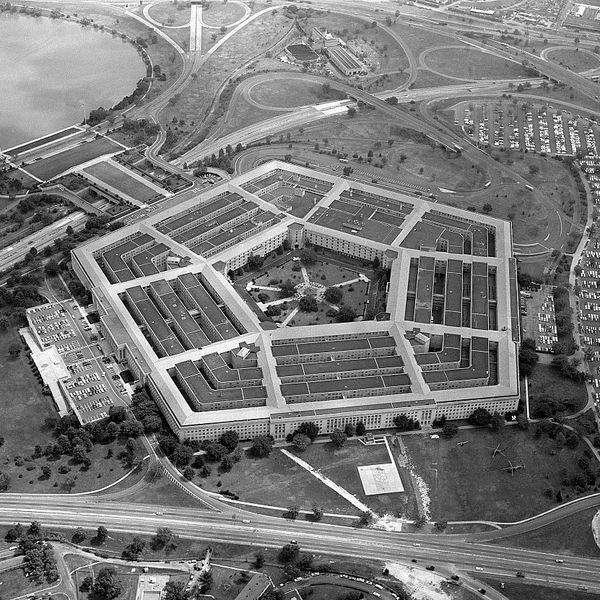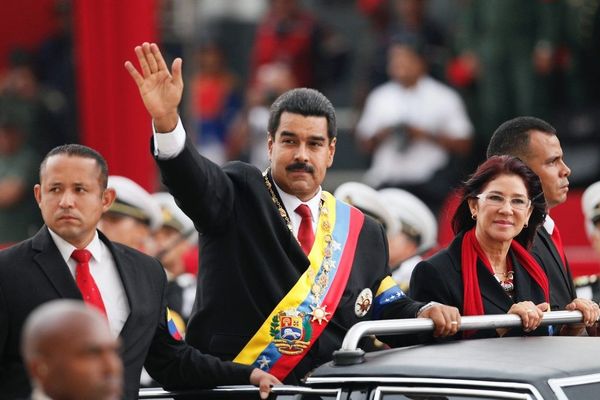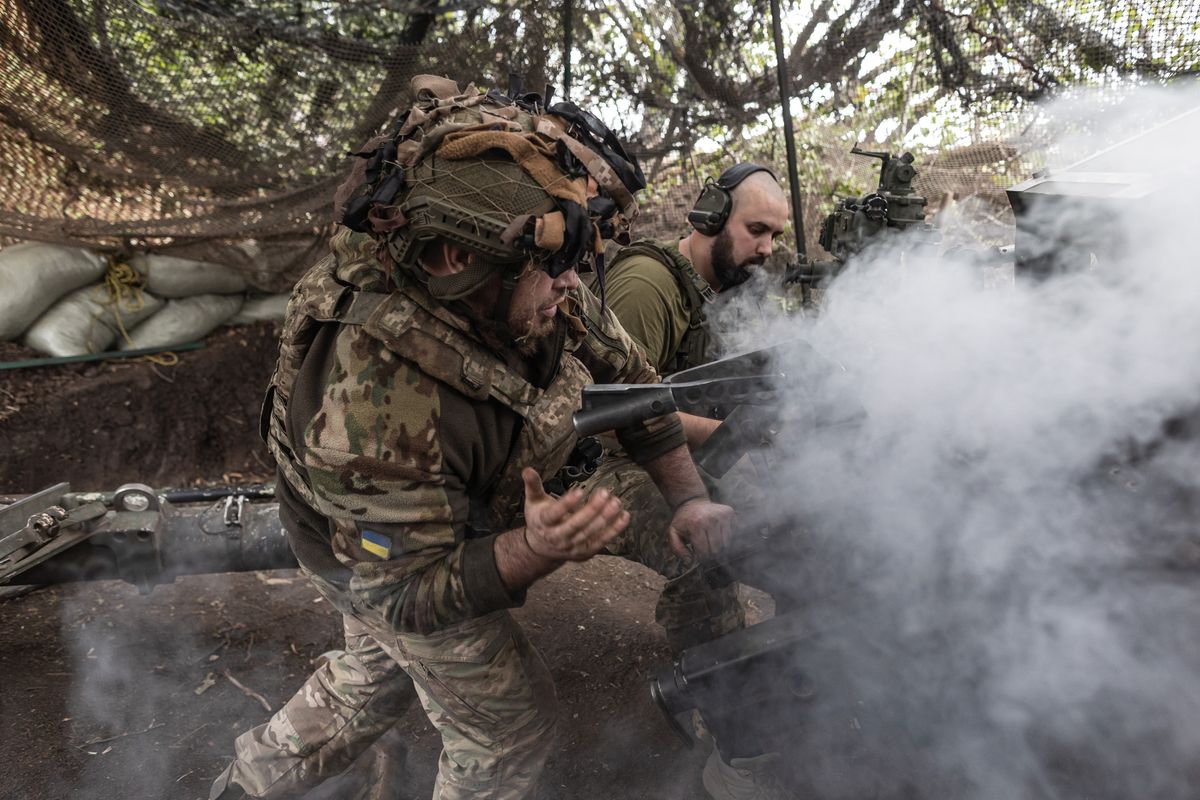OPINION — While two former U.S. Presidents – Jimmy Carter in 1994 and Bill Clinton in 2009 – had made historic visits to Pyongyang, meeting with Kim Il-Sung and Kim Jong-Il respectively, last weekend President Donald Trump made history. By meeting with North Korea’s Chairman Kim Jong-Un in an impromptu, hastily-arranged meeting at Panmunjom, President Trump courageously seized the moment, and took several steps with Chairman Kim across the DMZ. He thereby became the first sitting US President to set foot on North Korean soil, a moment of historic and symbolic significance. In doing so, he further legitimized Chairman Kim’s statesman-like role, while also empowering South Korean President Moon Jae-In, who had accompanied President Trump to the DMZ, following their earlier attendance at the 2019 G20 summit in Osaka.
Following their historic summits in Singapore and Hanoi, President Trump and Chairman Kim have relied upon ‘old school’ communications via “beautiful” letters with “interesting content.” Pundits have tended to minimize the impact and valence of such letters, failing to realize that, lacking diplomatic relations, President Trump and Chairman Kim have had to develop creative ways to communicate. This weekend’s meeting was initially suggested by a tweet from President Trump to Chairman Kim.
Critics have tended to disparage President Trump’s unconventional, theatrical, and even ‘reality TV’ style of diplomacy, seeing it as lacking in substance and overly-focused on personal, transactional relationships. But President Trump has succeeded at engaging the North Korean leadership and to date, along with Chairman Kim and President Moon, has moved the needle closer to peace. President Trump spoke of being honored to set foot on North Korean soil, surprising even Chairman Kim, who praised his courage, stating that he had not expected that they would meet at the DMZ. While little substance was achieved, aside from agreeing to re-start working-level talks, President Trump noted that he had invited Chairman Kim to visit Washington D.C. in an official capacity. The DMZ meeting also raised expectations that talks involving Special Envoy Steve Biegun and his DPRK counterparts would resume, implicitly offering hope that such talks might involve a sequential approach to denuclearization - something President Trump did NOT mention.
Critics complained that the visit was all about optics. Chairman Kim, like his father and grandfather, understands optics too. Like President Trump, he too has become a master of political theater. Surely Chairman Kim and his diplomatic team noted that Ivanka Trump and Jared Kushner, along with Secretary of State Mike Pompeo, attended last weekend’s DMZ meeting, while National Security Advisor John Bolton was far away, in the Mongolian desert, visiting Ulan Batar. This was surely not lost on Chairman Kim.
Optics matter, but so does respect, face, symbolism, and history. President Carter understood this in 1994, when his meeting with Kim Il-Sung averted war and led to the subsequent success of the Agreed Framework. And President Trump would, along with Chairman Kim and President Moon, feel a kindred spirit with President Reagan and Chairman Gorbachev, whose Reykjavik summit three decades ago led to the peaceful denouement of the Cold War. President Trump would have resonated with Anwar Sadat’s historic, courageous trip to Tel Aviv in 1977, where his address to the Knesset paved the way for the 1979 Camp David accords, an imperfect peace – which holds to this day. President Trump showed political courage in going to the DMZ, a grand gesture which won deep praise from Pope Francis, calling it “a step further in the walk towards peace … not only on that peninsula but in the entire world.”
President Trump, prior to his 2017 inauguration, received advice from President Obama that North Korea constituted America’s and President Trump’s most significant foreign policy challenge. So, President Trump deserves credit, along with Chairman Kim, President Moon, President Xi, and President Putin, for doing his utmost to tackle and embrace this challenge head-on. This has not been a diplomatic path free of risk. The chances of failure remain high, and the DPRK is unlikely to denuclearize, absent major, long-term security guarantees. And Chairman Kim must realize that with America’s upcoming 2020 election, the window for a deal may be narrowing rapidly. He realizes by now that President Trump is a most unconventional American President, and that a successor – either in 2020 or 2024 – may not be as open to Chairman Kim’s style, panache, and diplomatic gestures.
A Nobel Prize is the one thing that President Obama has which has eluded President Trump. If he, along with Chairman Kim and President Moon, can achieve durable peace in the Korean Peninsula and a normalization of relations between the DPRK, its Asian neighbors and the U.S., then they together deserve a Nobel Prize. But the history books matter more than prizes and associated acclaim. President Trump’s step across the DMZ was a small step, but one which places him in the history books. He importantly revived the momentum and hope of Special Envoy Steve Biegun’s January 2019 speech at Stanford University, wherein Biegun outlined a sequential, step-wise diplomatic approach to ending the Korean War and achieving a lasting, durable peace. Those few steps enabled President Trump to show America and the world what it means to be “presidential.” Now President Trump needs the stamina, discipline and vision to temper his critics – both Democrat and Republican – who doubt his instincts with respect to Chairman Kim and the DPRK. Let us hope that President Trump’s approach will bear fruit over the next several months as he awaits the opportunity to welcome Chairman Kim to the United Nations General Assembly in September, and Washington D.C. thereafter. And the 2020 Nobel Committee can quietly take note.
Read more in The Cipher Brief...















